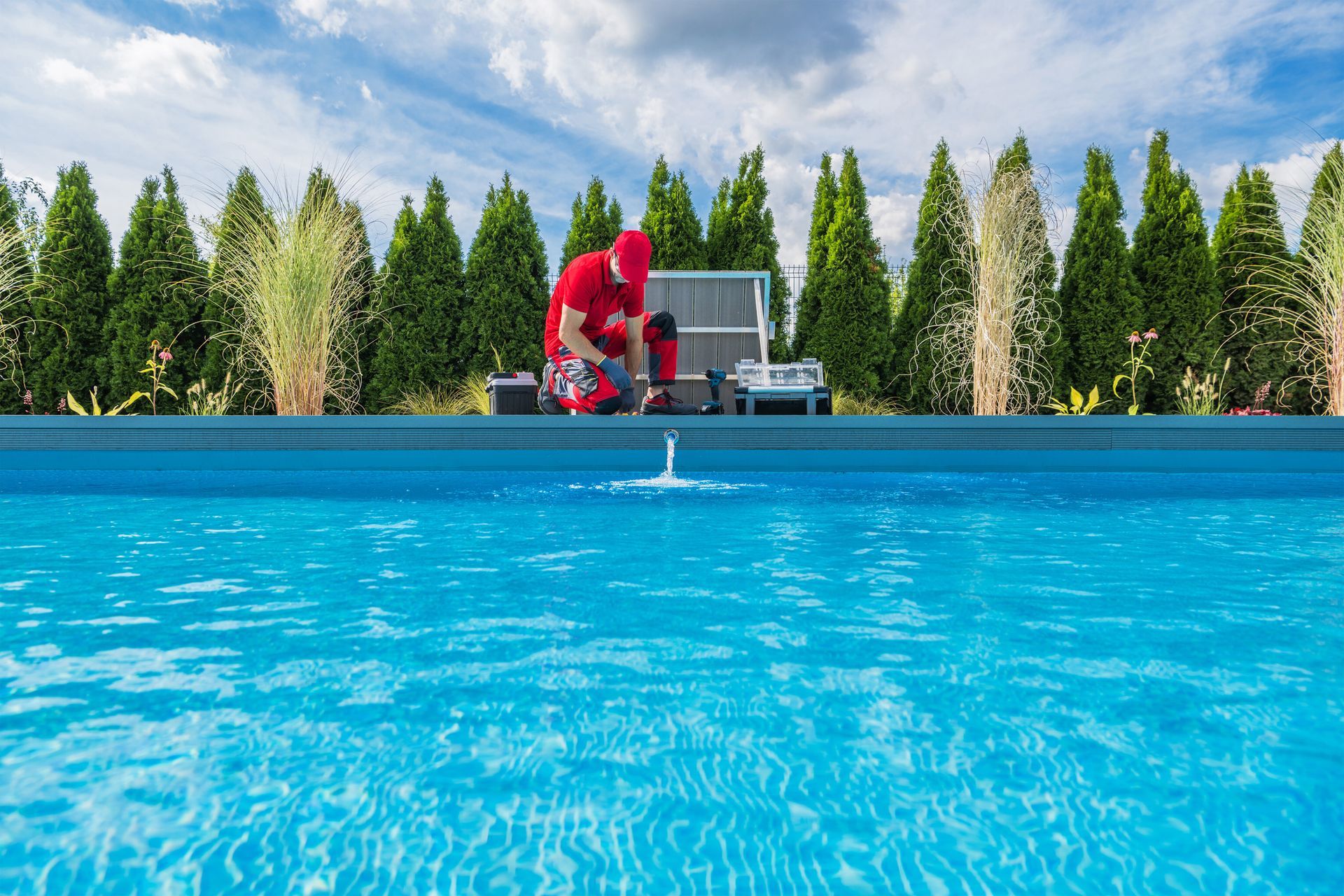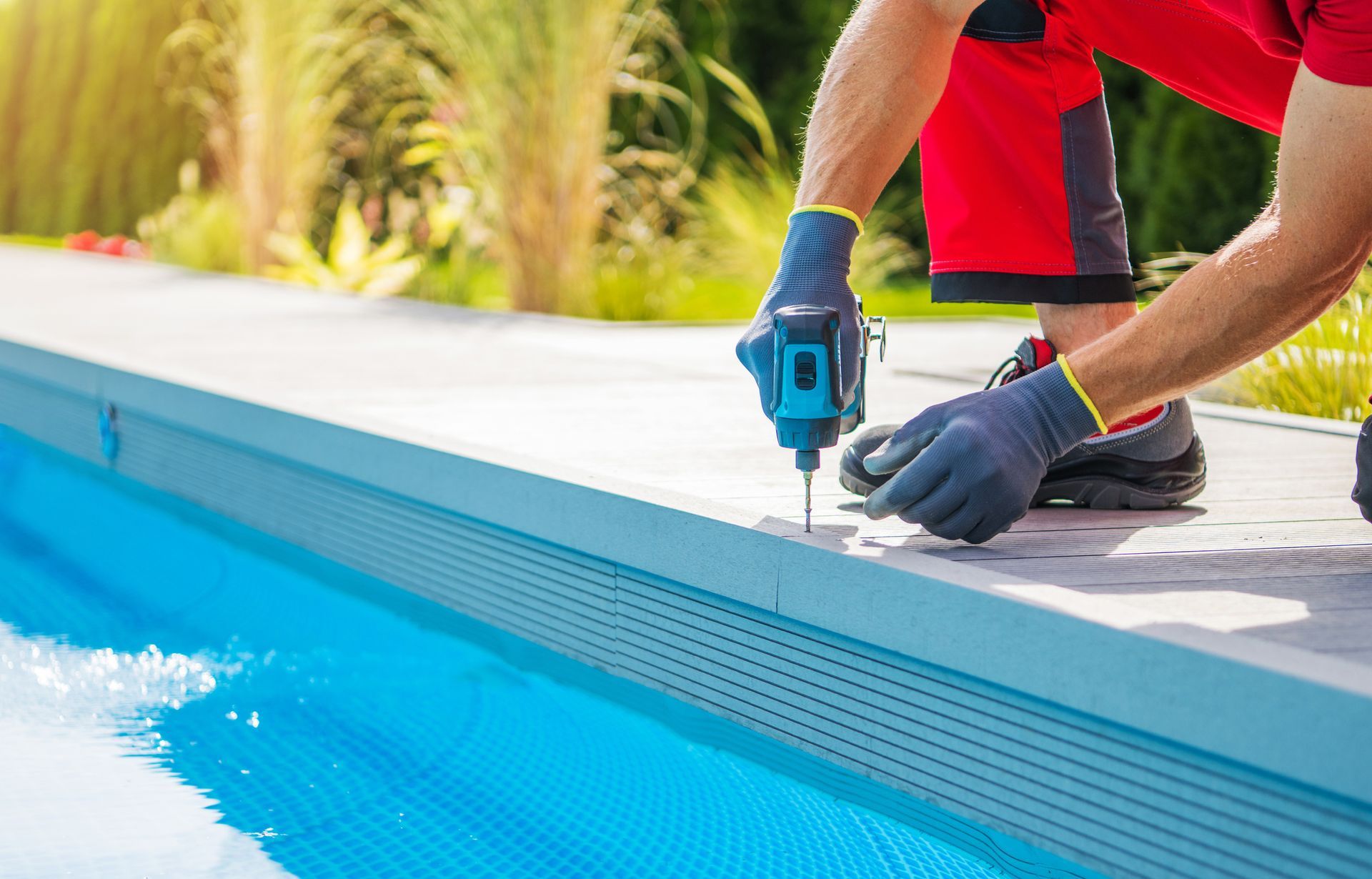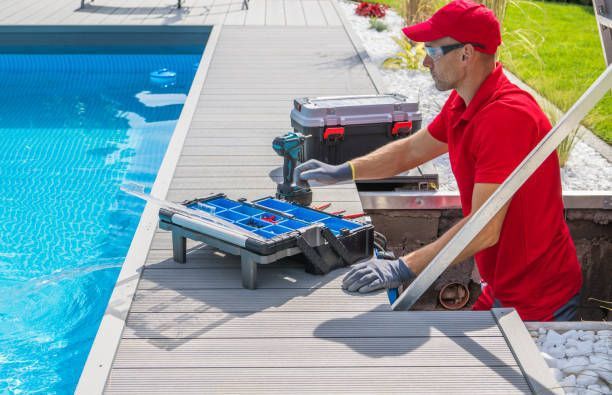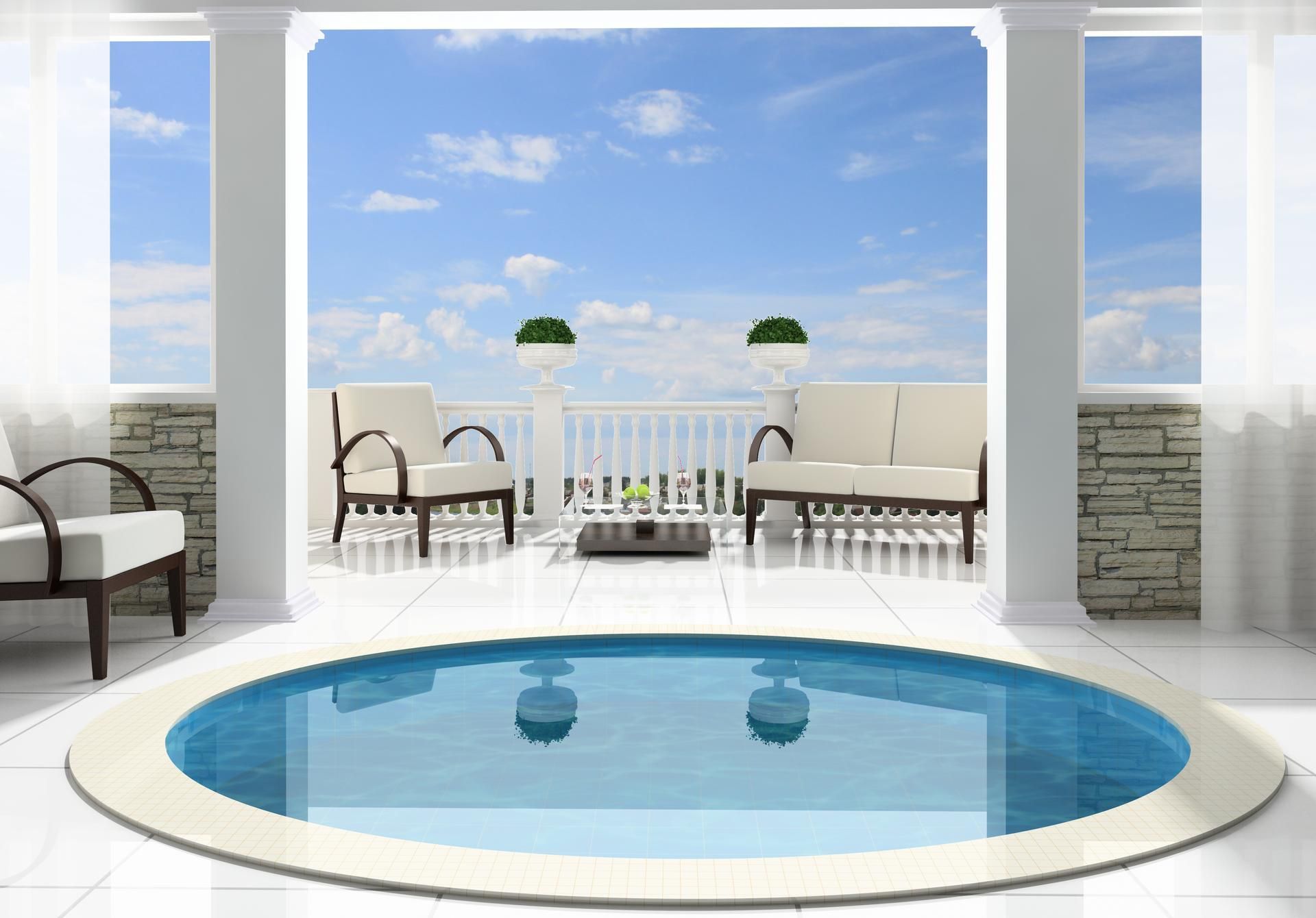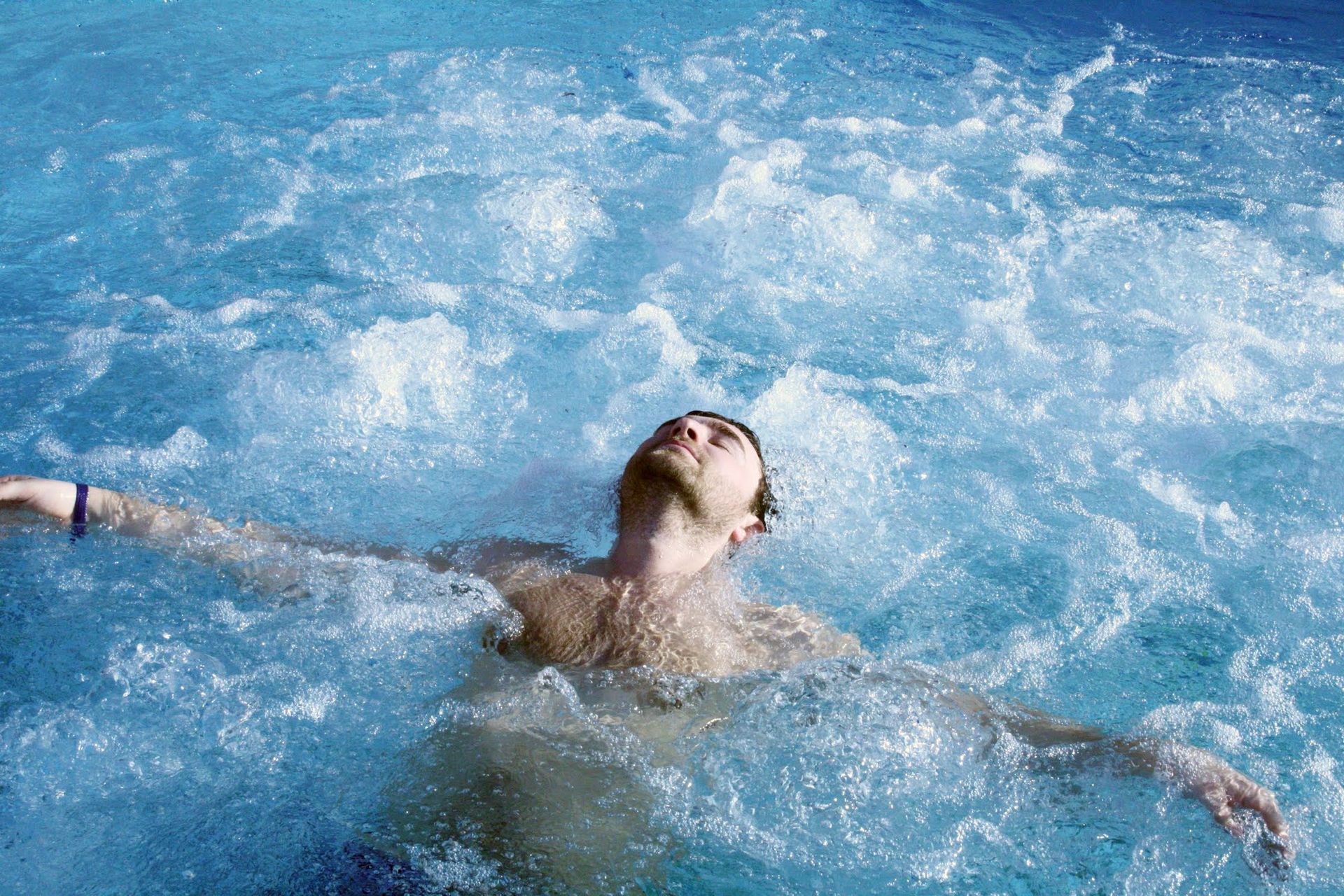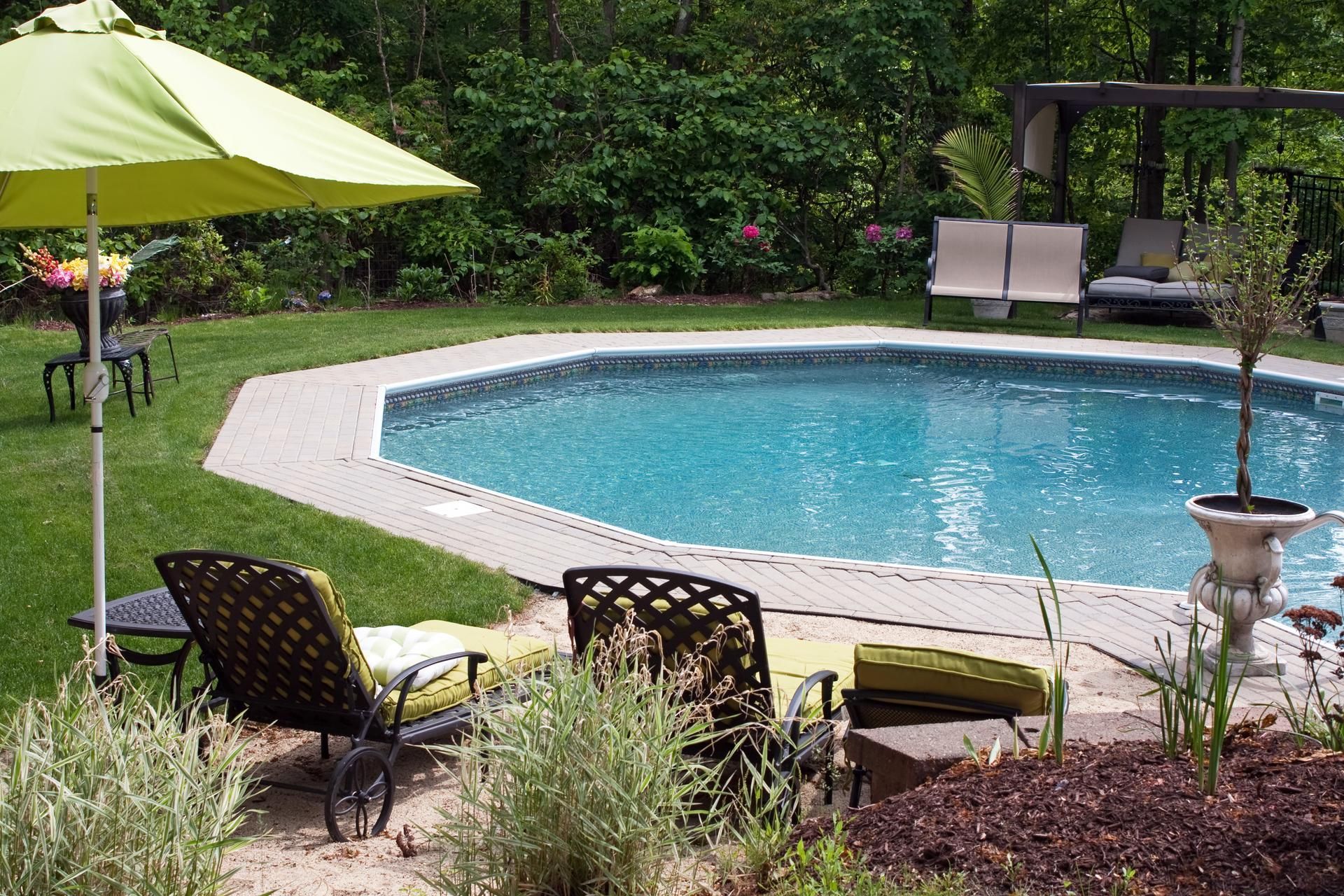Tips to Save Energy on Your Hot Tub
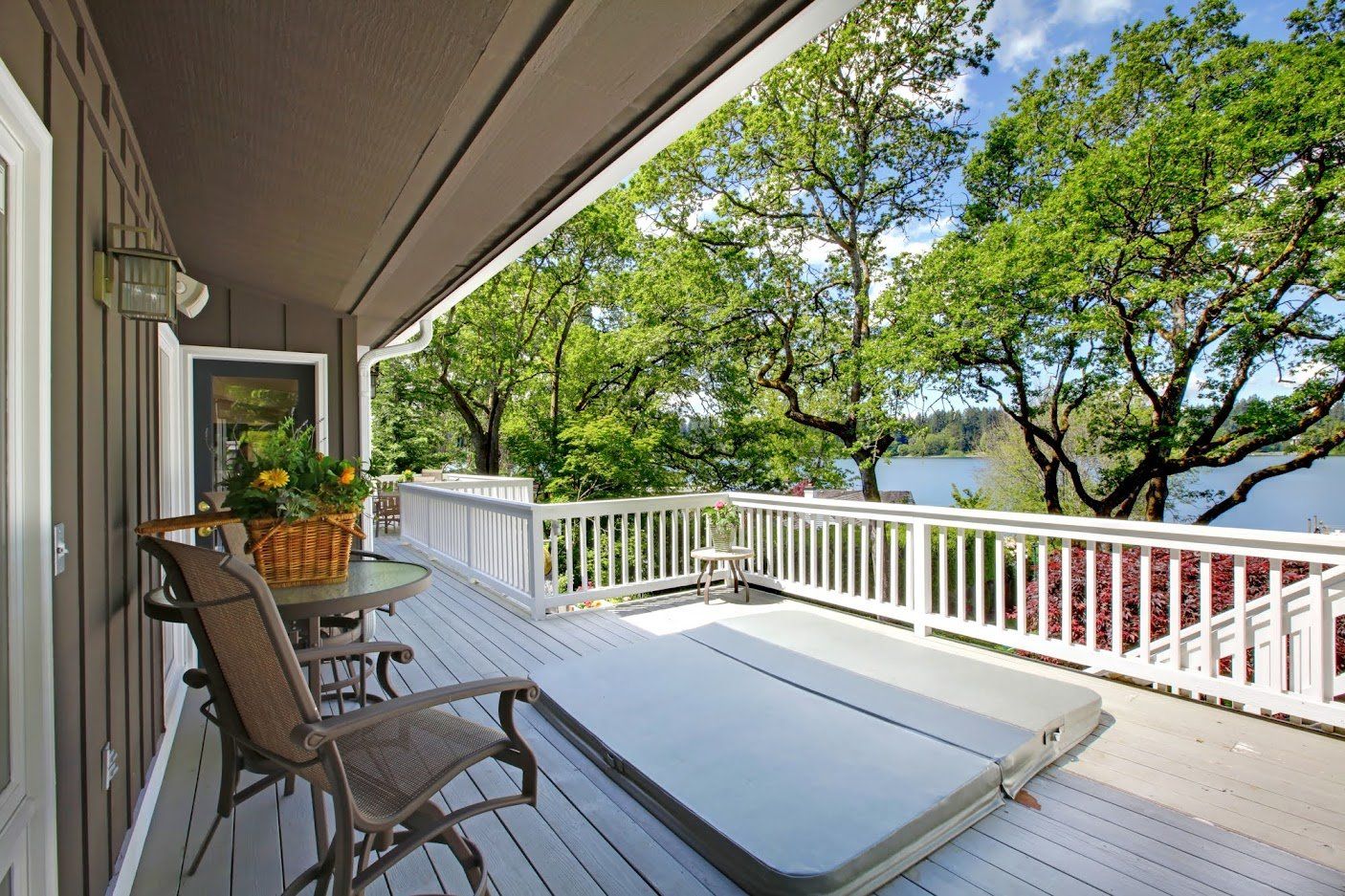
Soaking in a hot tub is an excellent way to relax and unwind. A hot tub, however, can consume a great deal of energy and have an adverse effect on energy costs and the environment.
The high costs can prevent you from enjoying the relaxing benefits of owning a hot tub. Fortunately, you have options to help reduce energy consumption and keep it manageable.
Below are a few tips for reducing your spa's energy consumption.
Buy a Good Cover
People insulate their attics when they build a home because heat rises. Having a cover for a hot tub is the same. Keeping the hot tub covered while not in use prevents the water from evaporating. As a result, the pump and heater won't have to work as hard to refill and heat water, resulting in significant energy savings.
In most modern spas, the shells are well-insulated, which helps to keep heat in, but if the top is not protected, most heat will escape.
To protect your hot tub, have a high-quality cover. A deteriorated spa cover can leak heat. Furthermore, a heavy cover could indicate it is waterlogged, adversely affecting insulation properties.
Always ensure that the cover's straps are securely fastened and latched when the tub is not in use.
Adjust Your Settings
Your owner's manual can offer you valuable information that can help you save energy. Use your manual to find out if your hot tub has an economy or standby mode that can allow you to use it at a cooler temperature.
Although 104°F is the recommended maximum temperature for a hot tub, that doesn't mean you have to keep it there. Your energy consumption will reduce by setting a lower hot tub temperature since higher temperatures require more energy.
Avoid Overusing the Blowers
Blowers inject air into the hot tub to create a soothing effect for your body. However, besides being noisy, blowers consume a lot of energy.
The consumption of energy occurs in two ways. Firstly, the blower must run on a pump that consumes energy. Second, the blower lowers the water's temperature, requiring the heater to work harder to heat the water.
Therefore, you will consume more energy if you use blowers for longer. So make sure you use the air blower wisely.
Set Up a Wind Block
While wind can feel nice, it also removes heat from the hot tub surface. A windbreak around your hot tub is therefore recommended if your hot tub is in a windy area. Put up small walls, privacy panels, plants, or anything that fits your backyard design. To preserve a preferred view, you can usually install a wind block on the sides where the wind blows the most.
The wind block can be custom-made to your specifications, or you can buy retractable spa screens.
Keep Your Filters Clean
A worn or clogged spa filter will reduce your spa's water circulation. As a result, the pump motor and heating elements perform less efficiently, resulting in higher energy consumption.
Rinse off your filter every week and soak it in a cleaning compound. In addition, replace your spa's filter once every one to two years to keep it running at its optimum level.
When a hot tub is clean with good-functioning parts, it will last longer. In addition, you get clean water as well as save energy and money.
Increasing the hot tub's ability to hold heat is the key to lowering its running costs. By keeping the heat in, you reduce the energy necessary to maintain the temperature. Doing so allows you to keep your energy bills manageable all year long.
Feel free to contact us for hot tub installation or maintenance services.



